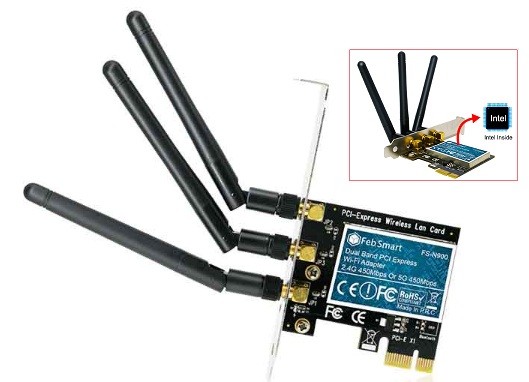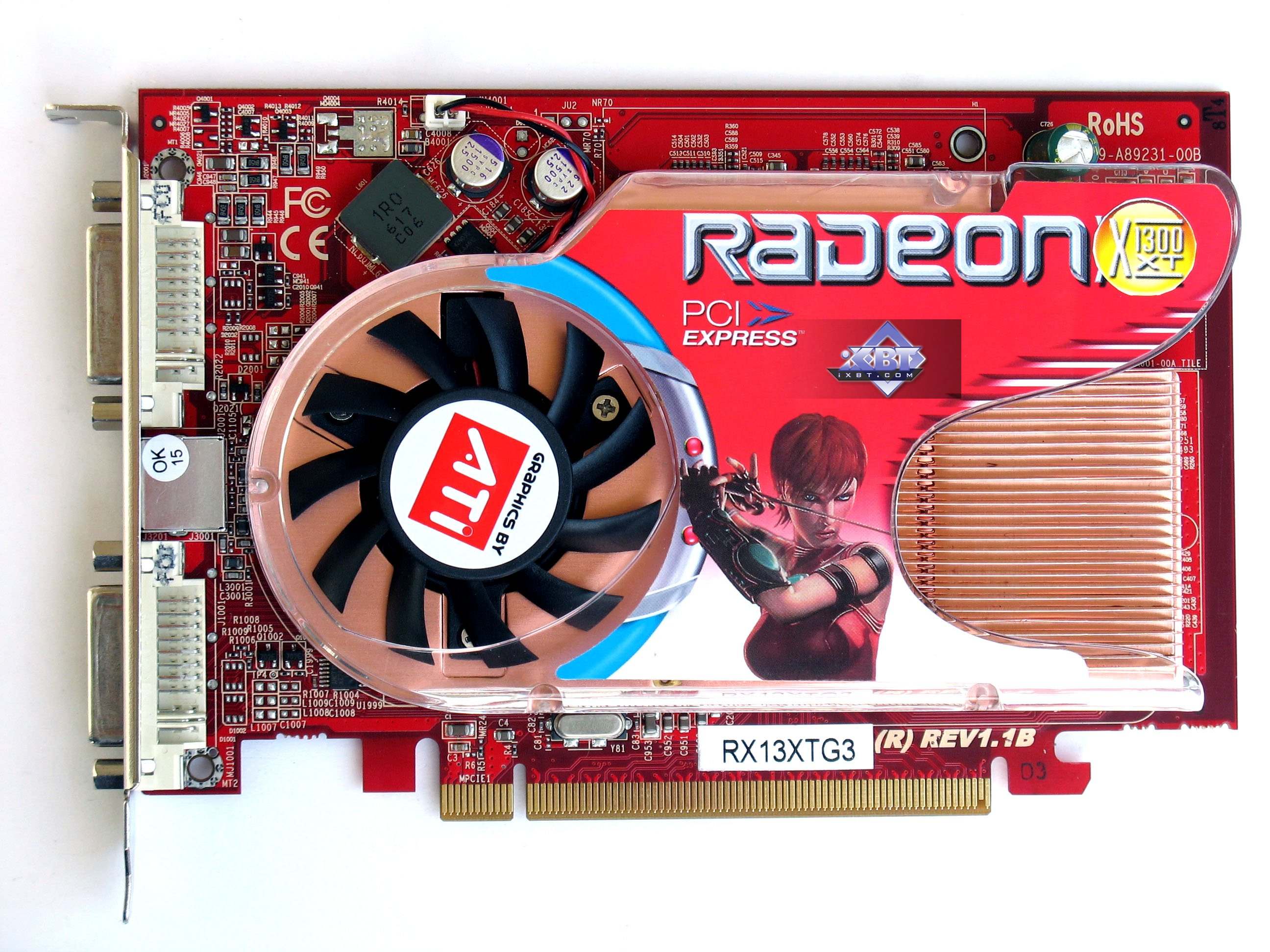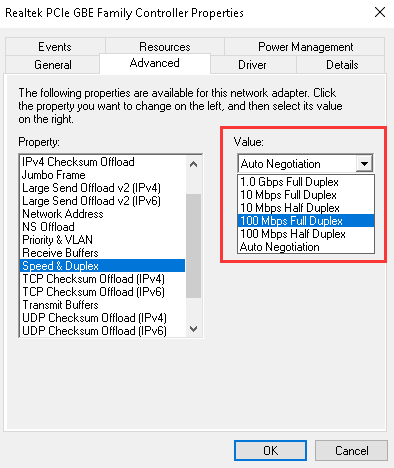Pci express free download - Adobe Presenter Video Express, ATI PCI Express (3GIO) Filter Driver, ATI PCI Express (3GIO) Filter Driver, and many more programs.
Optional Offer for DriverDoc by Solvusoft | EULA | Privacy Policy | Terms | Uninstall
ABOUT SSL CERTIFICATES |
| Hardware Type: | PCI Express | |
| Compatibility: | Windows XP, Vista, 7, 8, 10 | |
| Downloads: | 85,087,903 | |
| Download Size: | 3.4 MB | |
| Database Update: | ||
| Available Using DriverDoc: | Download Now | |
Optional Offer for DriverDoc by Solvusoft | EULA | Privacy Policy | Terms | Uninstall | ||
This page contains information about installing the latest PCI Express driver downloads using the PCI Express Driver Update Tool.
PCI Express drivers are tiny programs that enable your PCI Express hardware to communicate with your operating system software. Maintaining updated PCI Express software prevents crashes and maximizes hardware and system performance. Using outdated or corrupt PCI Express drivers can cause system errors, crashes, and cause your computer or hardware to fail. Furthermore, installing the wrong PCI Express drivers can make these problems even worse.
Recommendation: If you are inexperienced with updating PCI Express device drivers manually, we highly recommend downloading the PCI Express Driver Utility. This tool will download and update the correct PCI Express driver versions automatically, protecting you against installing the wrong PCI Express drivers.
PCI Express, technically Peripheral Component Interconnect Express but often seen abbreviated as PCIe or PCI-E, is a standard type of connection for internal devices in a computer.
Generally, PCI Express refers to the actual expansion slots on the motherboard that accept PCIe-based expansion cards and to the types of expansion cards themselves.
PCI Express has all but replaced AGP and PCI, both of which replaced the oldest widely-used connection type called ISA.
While computers may contain a mix of various types of expansion slots, PCI Express is considered the standard internal interface. Many computer motherboards today are manufactured only with PCIe slots.
How Does PCI Express Work?
Similar to the older standards like PCI and AGP, a PCI Express based device (like the one shown in the photo on this page) physically slides into a PCI Express slot on the motherboard.
Xilinx Pci Express Drivers
The PCI Express interface allows high bandwidth communication between the device and the motherboard, as well as other hardware.
While not very common, an external version of PCI Express exists as well, unsurprisingly called External PCI Express but often shortened to ePCIe.
ePCIe devices, being external, require a special cable to connect whatever external, ePCIe device is being used to the computer via an ePCIe port, usually located on the back of the computer, supplied by either the motherboard or a special internal PCIe card.
What Types of PCI Express Cards Exist?
Thanks to the demand for faster and more realistic video games and video editing tools, video cards were the first types of computer peripherals to take advantage of the improvements offered by PCIe.
While video cards are easily still the most common type of PCIe card you'll find, other devices that benefit from considerably faster connections to the motherboard, CPU, and RAM is also increasingly being manufactured with PCIe connections instead of PCI ones.
For example, many high-end sound cards now use PCI Express, as do an increasing number of both wired and wireless network interface cards.


Hard drive controller cards may be the most to benefit with PCIe after video cards. Connecting a high-speed PCIe storage device, like an SSD, to this high bandwidth interface allows for much faster reading from, and writing to, the drive. Some PCIe hard drive controllers even include the SSD built in, drastically altering how storage devices have traditionally been connected inside a computer.
Pci Controller Driver Windows 10
Of course, with PCIe replacing PCI and AGP completely in newer motherboards, just about every type of internal expansion card that relied on those older interfaces are being redesigned to support PCI Express. This includes things like USB expansion cards, Bluetooth cards, etc.
What Are the Different PCI Express Formats?
PCI Express x1... PCI Express 3.0... PCI Express x16. What does the 'x' mean? How do you tell if your computer supports which? If you have a PCI Express x1 card but you only have a PCI Express x16 port, does that work? If not, what are your options?
Confused? Don't worry, you're not alone!
It's often not at all clear when you're shopping for an expansion card for your computer, like a new video card, which of the various PCIe technologies work with your computer or which is better than the other.
However, as complex as it all looks, it's actually pretty simple once you understand the two important pieces of information about PCIe: the part that describes the physical size and the part that describes the technology version, both explained below.
PCIe Sizes: x16 vs x8 vs x4 vs x1
As the heading suggests, the number after the x indicates the physical size of the PCIe card or slot, with x16 being the largest and x1 being the smallest.
Here's how the various sizes shape up:
No matter what size the PCIe slot or card is, the key notch, that little space in the card or slot, is always at Pin 11. In other words, it's the length of Pin 11 that keeps getting longer as you move from PCIe x1 to PCIe x16. This allows some flexibility to use cards of one size with slots of another.
PCIe cards fit in any PCIe slot on a motherboard that is at least as big as it is. For example, a PCIe x1 card will fit in any PCIe x4, PCIe x8, or PCIe x16 slot. A PCIe x8 card will fit in any PCIe x8 or PCIe x16 slot.

PCIe cards that are larger than the PCIe slot may fit in the smaller slot but only if that PCIe slot is open-ended (i.e., doesn't have a stopper at the end of the slot).
In general, a larger PCI Express card or slot supports greater performance, assuming the two cards or slots you're comparing support the same PCIe version.
You can see a full pinout diagram at the pinouts.ru website.
PCIe Versions: 4.0 vs 3.0 vs 2.0 vs 1.0
Any number after PCIe that you find on a product or motherboard is indicating the latest version number of the PCI Express specification that's supported.
Here's how the various versions of PCI Express compare:
All PCI Express versions are backward and forward compatible, meaning no matter what version the PCIe card or your motherboard supports, they should work together, at least at a minimum level.
As you can see, the major updates to the PCIe standard drastically increased the bandwidth available each time, greatly increasing the potential of what the connected hardware can do.
Version improvements also fixed bugs, added features, and improved power management, but the increase in bandwidth is the most important change to note from version to version.
Maximizing PCIe Compatibility
PCI Express, as you read in the sizes and versions sections above, supports pretty much any configuration you can imagine. If it physically fits, it probably works...which is great.
One important thing to know, however, is that to get the increased bandwidth (which usually equates to the greatest performance), you'll want to choose the highest PCIe version that your motherboard supports and choose the largest PCIe size that will fit.
For example, a PCIe 3.0 x16 video card will give you the greatest performance, but only if your motherboard also supports PCIe 3.0 and has a free PCIe x16 slot. If your motherboard only supports PCIe 2.0, the card will only work up to that supported speed (e.g., 64 Gbit/s in the x16 slot).
Most motherboards and computers manufactured in 2013 or later probably support PCI Express v3.0. Check your motherboard or computer manual if you're not sure.
If you can't find any definitive information on the PCI version that your motherboard supports, we recommending buying the largest and latest version PCIe card, so long as it'll fit, of course.
What Will Replace PCIe?
Video game developers are always looking to design games that are ever more realistic, but can only do that if they can pass more data from their game programs into your VR headset or computer screen; faster interfaces are required for that to happen.
Because of this, PCI Express won't continue to reign supreme resting on its laurels. PCI Express 3.0 is amazingly fast, but the world wants faster.
PCI Express 5.0, ratified in 2019 and due to be released before 2020, supports a bandwidth of 31.504 GB/s per lane (3938 MB/s), twice what's offered by PCIe 4.0.
Pci Express Card Drivers
There are a number of other non-PCIe interface standards being looked at by the technology industry but since they would require major hardware changes, PCIe looks to remain the leader for some time to come.